The Saints.
Great siddhas.


Tradition of the southern lineage of Advaita Vedanta teachings in the transmission of Swami Vishnudevananda Giri
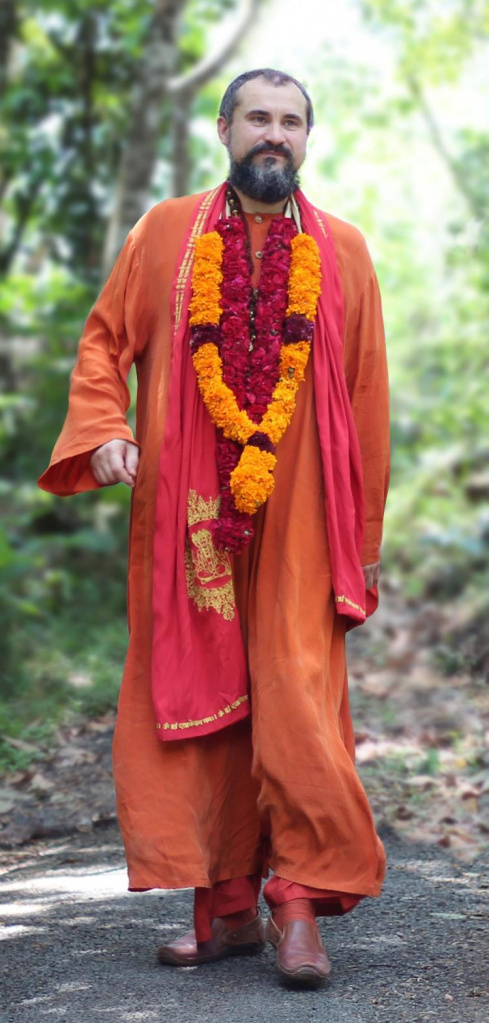
“What is the criterion for the truthfulness and completeness of our transmission line?
First of all, it is the presence of the guru-shishya parampara, the continuous lineage of the Moksha Dharma.
The transmission line is like a channel through which knowledge of Divine is transmitted from the Absolute himself, the Creator God, the great gods, rishis, siddhis, means saints.
We follow two main lines. Northern, Himalayan along the line of Shiva, Dattatreya, the order of Dattatreya - Juna Akhara recreated by Sri Shankara. And southern - along the line of Siddha Pambatti and Guru Shivaprabhakara Siddhayogi Avadhuta Brahmananda from Kerala.
With these lines, their masters, gurus, devotees, there is always a close connection. All this is the guru-shishya-parampara - the "channel" for the transmission of the teachings."
Swami Vishnudevananda Giri
Spiritual tradition and lineage of Advaita Vedanta and Siddha yoga in the transmission of Mahamandaleshwar Sri Guru Swami Vishnudevananda Giri
The traditional lineage in the transmission of Mahamandaleshwar Sri Guru Swami Vishnudevanada Giri includes several lineages, of which the most important are the two main branches, called "guru-shishya-parampara" in Hinduism.
The southern line of transmission (main) is the lineage of the siddhas of southern India and the Guru Shivaprabhakar Siddhayogi Avadhuta Brahmananda.
The first line of succession leads to the South Indian tradition of immortal yogis-siddhas and goes back through Swami Vishnudevananda Giri to the famous yogi-miracle worker Swami Shivaprabhakar (Guru Avadhuta Brahmananda) from the state of Kerala, famous in southern India. From him, it goes back to the god Ayappa, who is worshiped in the south of India, as well as to his teacher Siddhu Rishi Pambatti.
From Rishi Pambatti it goes back to Rishi Satyamuni, from Satyamuni to Rishi Nandi Devar, from Nandi Devar to Shiva himself. Rishi Nandi Devar attained svarupa-samadhi in the city of Kashi (Benares). His teacher was Shiva Himself and disciples: rishis Tirumular, Patanjali, Dakshinamurti, Romarishi.
Northern line of succession
The northern line of spiritual succession goes back to the ancient monastic order of Juna Akhara, founded for a thousand years ago by Sri Shankaracharya and the tradition of “Ten names” (dashanami sannyasa). The main deity of this order is Dattatreya. He is also revered as an emanation of Shiva.
In this tradition and in the order itself, Swami Vishnudevananda was initiated in 2010 by the Mahamandaleshwar of the Indian monastic order Juna Akhara Somnath Giri Maharaj (Pilot Babaji) and his acharya Mahamandaleshwar Swami Avdeshananda Giri. From Pilot Babaji, the line of succession leads to his guru-siddha Hari Baba, who is able to freely travel in space, from him to the enlightened sage Avatar Baba, and then through the line of guru to Sri Shankaracharya himself.
Sri Shankaracharya is considered the founder of authoritative monastic order of the "Ten names", the incarnation of Shiva, the outstanding "architect" of the teachings of Advaita Vedanta and the reformer of Hinduism, who restored authority and cleansed the Vedic philosophy of impurities. For all of us, he is the teacher, founder, "Guru-acharya". He occupies an important place in the Tree of Refuge, in our parampara.
From Sri Shankaracharya, the lineage leads to his guru Govindapada, and from him to Gaudapada, the author of the famous philosophical treatise on Advaita - Mandukya Kariki. From Gaudapada it goes to Shukadeva, and from him to Rishi Vyasa himself, the author of the Vedas. Sri Sankaracharya himself also personally received blessings and instructions from Vyasa. From Vyasa, the lineage goes back to Rishi Vasishtha, the son of the Creator and to the Himalayan sages - the immortal avatar incarnation of the three gods, Avadhuta Dattatreya, Saint Narada and the eternally young Sanatkumar, born from the mind of Brahma. The teachings of Sanatkumara are set forth in the vast collection of the Upanishads and Puranas, as well as in the Agamas and Tantras. In the tree of the Himalayan tradition, Sanatkumara is believed to represent the root, and the rest of the sages represent the trunk and branches of this tree.
Finally, at the top of this ancient line of succession, there are the great gods of Sanatana Dharma - Brahma, Vishnu and Shiva, the legendary and revered throughout the world of Hinduism, the Creator, Keeper and Destroyer of the universe, who are the purest reflection of the Absolute itself, the One Brahman. Brahma the Creator received the Vedas according to one version from Vishnu, according to the other from Shiva, and the latter from the most non-dual Absolute, Parabrahman, described in the Upanishads. This is the northern lineage of the Advaita Vedanta tradition in the transmission of Mahamandaleshwar Sri Guru Swami Vishnudevananda Giri.
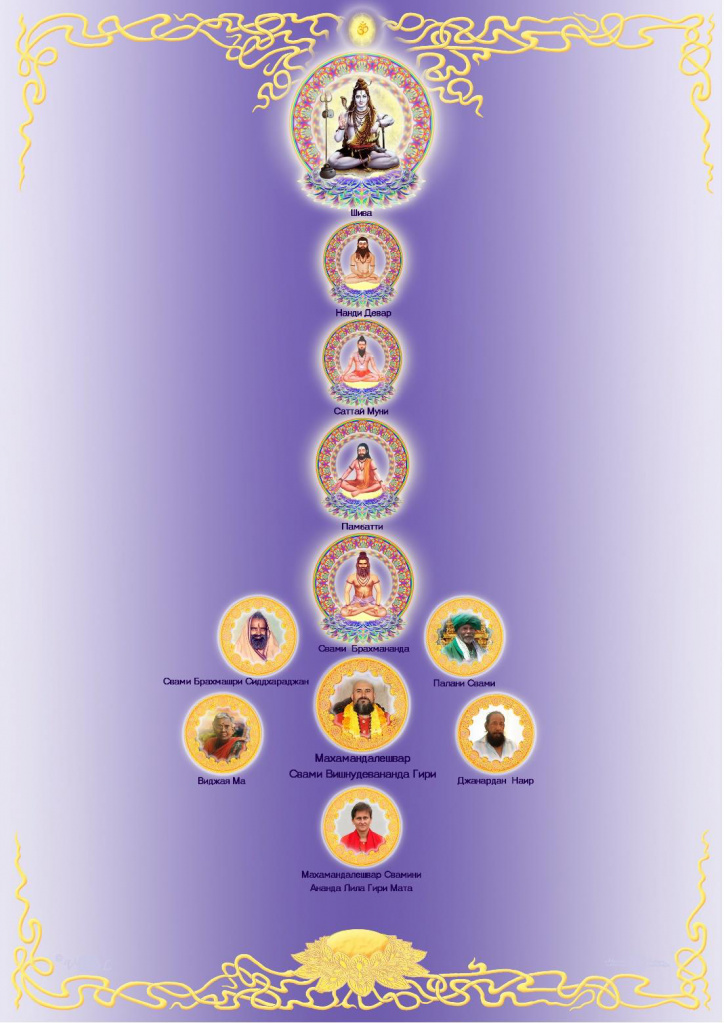
Shiva
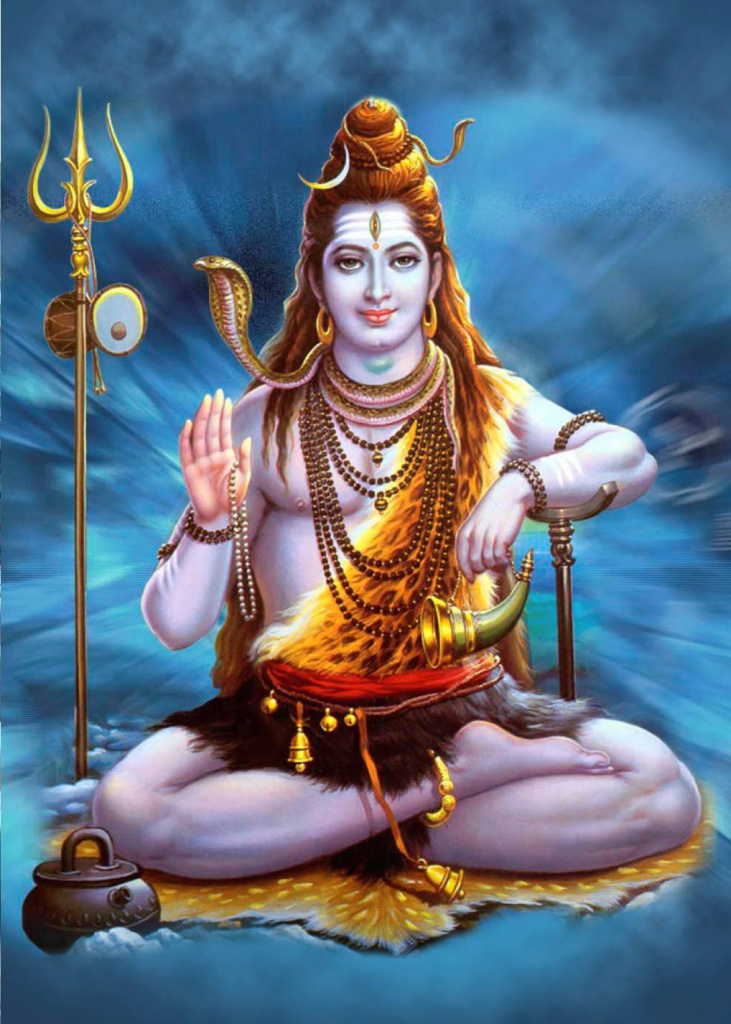
Shiva - "good", "merciful" - is included in the main trinity of the main gods, in which he plays the role of the Destroyer along with Brahma (Creator) and Vishnu (Guardian). Other names of Shiva can be found in sacred texts - Mahadev, Maheshwara, Shankara, etc.
Shiva's body is naked and covered with ash, his hair is matted, in which he wears a crescent moon, on his forehead - a third eye, and a tripundra from the sacred ash.
When a new period arises in the life of mankind, Shiva creates it with his dance, and at the end of this period, he destroys it with his dance.
Shiva controls a series of birth and death in the world. It represents an aspect of the higher intelligence that destroys in order to give rise to a new life cycle of the universe.
Destroying human illusions, Shiva appears not only angry, but also forgiving, merciful, giving hope and protection, he is the god of mercy and compassion. He protects his devotees from evil forces, lust, greed and anger. He bestows blessings, grace and awakens wisdom. In all the scriptures such as the Vedas, Puranas, Upanishads, Sruti, Smriti and others, it is said that one who worships Lord Siva can attain Supreme Bliss.
Shiva imparted the highest knowledge to the siddhu Nandi Devar, who is not included in the canon of 18 siddhas, but is considered the founder of the lineage. Later, from Nandi Devar, the teachings were passed on to the siddhu Satyamuni, and further along the parampara Shri Pambatti, who is considered the last in the line of 18 siddhas.
Nandi Devar
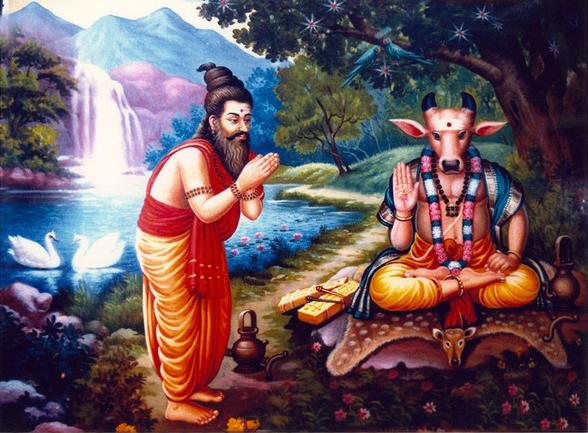
There are several variants of the name of Nandi Devar. First of all, Nandi is most often correlated with his form of a bull, Shiva's wahana and his most ardent devotees. Nandikesvara (pronounced as Nandi Devar in Tamil literature) is also one of the names of Shiva, meaning "the lord of joy." There is no clear division between Nandikeshvara as the incarnation of Shiva and as his wahana and devotee. That is, Nandi is not separated from Shiva and is a manifestation of his energy. It is said that Rishi Nandikeshvara was the guardian of the entrance to Kailash, and having attained the highest holiness, he merged with the consciousness of Mahadev.
Some Puranas describe Nandikeswara as a man with a bull's head, who looks like Shiva, but has 4 arms - two of them have an ax and an antelope, and the other two are in abhaya and varada mudra. He has three eyes and a half-moon in his hair. He is said to wear royal robes and jewelry.
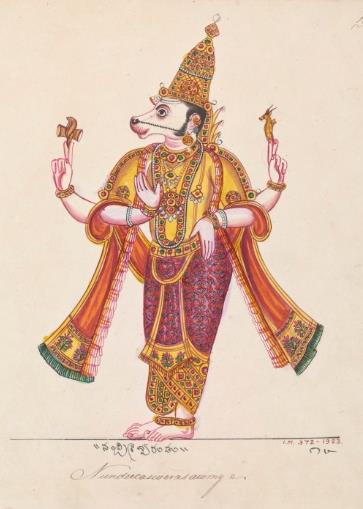
The Basava Purana says that once a disturbed Narada informed Shiva that while other religions are flourishing, the Shaiva tradition is dying out among the Brahmins, and therefore among other castes too. Then Lord Shiva asked Nandi to incarnate on earth in order to revive Vira-Shaiva, as well as the rituals and traditions of varnashrama.
Tamil texts say that the last human incarnation of Nandi - Nandi Devar, lived on earth for over 700 years and reached Swarup Samadhi in Kashi. In the same place, Nandi Devara is called the first Guru and the founder of the line of 18 Tamil mahasiddhas. It is said that he passed on the knowledge received from Shiva to many students, the most talented of them were the rishis Tirumular, Patanjali, Dakshinamurti, Romarishi and Sattaimuni, who became the successors of the lineage.
The written works of Nandi Devara on medicine, kaya kalpe, alchemy, yoga, natural sciences and philosophy have survived to our days.
Sattaimuni
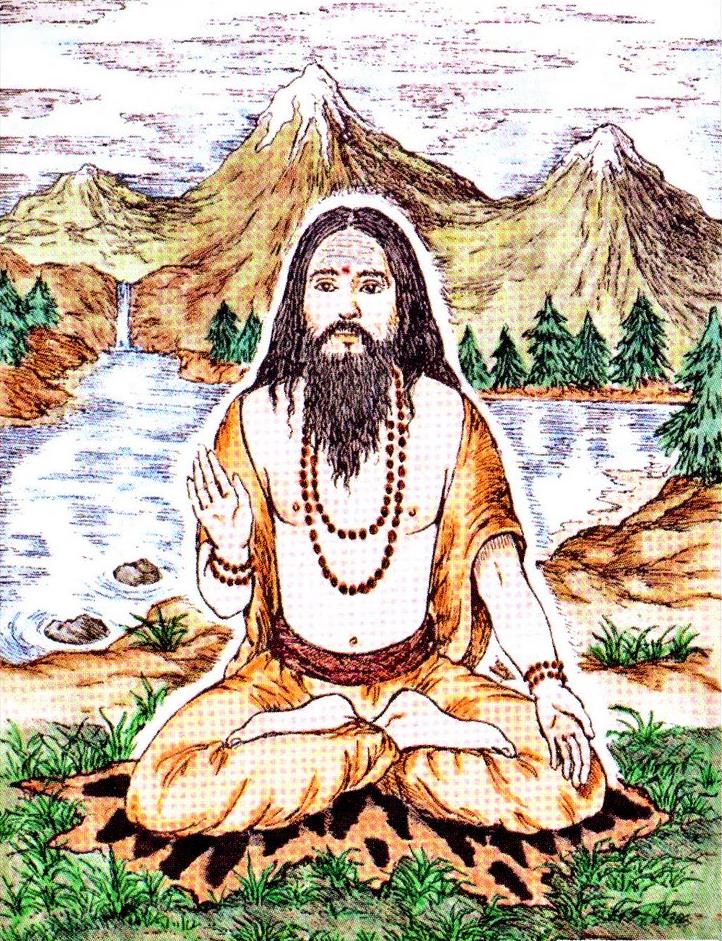
Sattaimuni was born in Sri Lanka and lived at the temple, begging for alms from the parishioners. Once meeting a great saint from northern India, he was so amazed by his energy that he left his family and life in Sri Lanka and went to travel to holy places, hoping to gain knowledge of the siddhas. Later he studied with Nandi Devar, and also received knowledge from the siddha Agastyar, communicated a lot with the siddhas Karuvurar and Konganavara. He learned chemistry from Siddha Bogar, and later surpassed his teacher, learning the secrets of transforming simple metals into precious ones. Sattaimuni is considered an expert in medicine, especially in the field of rejuvenation. His knowledge, described by Sattaimuni Kalpam, is studied and used to this day, and he is also considered the founder of the Kaya Kalpa branch of medicine.
He invented mercury tablets, as well as "muppu" - the universal salt of mercury, which began to play a primary role in Siddha’s medicine and Tamil alchemy and has no equivalent in Sanskrit alchemical texts and practice. Sattaimuni was an ardent devotee of Shiva, and once, when he went on a pilgrimage to Kailash, Shiva himself presented him a wool garment called "flounder sattay", after which people began to call him Sattaimuni.
All siddhis wrote their texts using many metaphors, ciphers and a special twilight language so that knowledge did not fall to the uninitiated. But Sattaimuni, contrary to tradition, wrote down all the secrets of the Siddhas in simple language, so that any ordinary person could understand them. Angered by this act, Tirumular burned some of Sattaimuni's works, and ordered the rest to be hidden deep in the caves.
Sattaimuni passed on his knowledge to the students of Sundaranandar and Pambatti. He lived for 880 years and attained samadhi in Shrirangam. His colossal contribution to the science of siddhas took it to a new level, and his desire to make knowledge open to everyone has preserved his name in history as one of the most talented and compassionate siddhar.

Pambatti
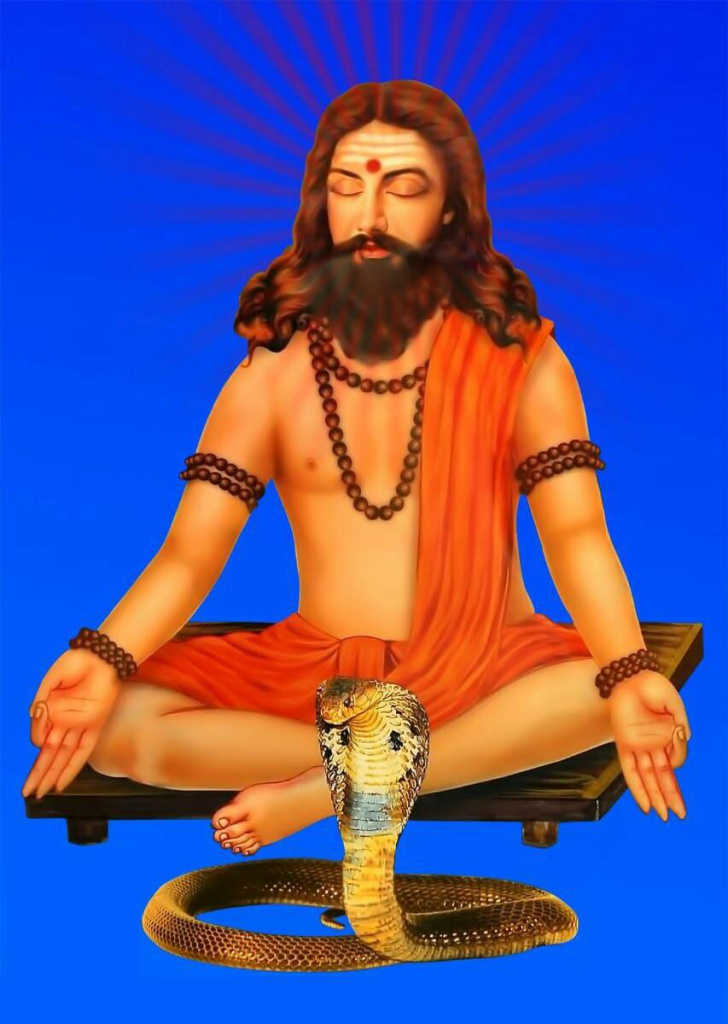
Siddhar Pambatti is the great saint of southern India, the last of a line of 18 Tamil mahasiddhas, widely known both in India itself and beyond. The name Pambatti comes from the Tamil word pamba, which means snake. Pambatti's whole life was associated with snakes, and they always accompanied him in one way or another. In his poems, he metaphorically compared the soul and consciousness of a person with a snake. His phrase "hell pambe" has become widely known and recognized. "Adu pambe" means "Dance, Snake!" - so he ended each of his songs.
Siddhar Pambatti lived about nine centuries ago, in the Sahiadri mountains. According to the Tamil calendar, he was born under the star Mrigasirisham in the month of Kartigai (November-December) and is considered the embodiment of Shiva himself. Pambatti belonged to the Jogi caste, a people of the Western Ghats who lived by catching and selling snakes. And Pambatti perfectly possessed the ability to catch snakes and the art of enchanting them.
Once, while hunting in the jungle, Pambatti accidentally touched and destroyed an anthill, inside which was Siddhar Sattaymuni, who by that time had been in deep meditation for many years. The saint, seeing the boy's innocence and ignorance, said that it is worth risking his precious life every day for the sake of catching snakes, the most valuable snake is inside. Sattaimuni undertook to teach him the knowledge of Siddhas - meditation and Kundalini yoga, gave him knowledge about the chakras and nadis. So Pambatti became a disciple of Siddha Satyamuni, and through severe austerities and diligent practice attained the highest siddhis.
Pambatti's works are less than 600 lines, but in them the saint was able to put all his knowledge of philosophy and yoga. In them, he glorifies Lord Shiva as the supreme power of the Universe, as well as his Guru Sattaimuni, who was endowed with divine knowledge and powers. Pambatti writes about the endless possibilities of the God-knowing Siddhas and about the way to achieve such opportunities.
Pambatti's contribution to the development of Siddha philosophy is comparable to his contribution to medicine. His legacy teaches people to cultivate in the here and now, to free themselves from effort, suffering and all misery. Pambatti often mentioned that neither siddhi nor liberation can be achieved without revealing love in the heart of the practitioner.
Pambatti continued his practice for many years in a cave near the Marudamalai temple, and later entered the mahasamadhi in Shankarankovil near the Shankaranarayana temple. Having realized all the knowledge received from Satyamuni, he entered the canon of 18 Tamil siddhas.

Shiva Prabhakara Siddhayogi Swami Brahmananda

Sri Siva Prabhakara Siddhayogi Swami Brahmananda is the greatest siddh, a disciple of the Master of the Siddha tradition Sri Pambatti, the Guru in the Avadhut tradition. Swami Brahmananda rarely interacted with people. He was a holy fool, radical, detached from the mundane, a Master of "crazy wisdom", indifferent to the opinions of others about him, and like all sadhus he did not adapt to anyone. He did not like to talk about himself, his life too much, believing that all this is not useful for sadhana, but only distracts from self-exploration.
He was a very humble saint. Once a devotee asked him to build a palace in an ashram, but he refused. He did not like to draw attention to himself. Whoever managed to show devotion to him, he opened up to him. He had several disciples who often came and sat with him to meditate. But he did not say anything to them, sometimes he only nodded his head or drew various incomprehensible signs with a stick on the ground. But when those who meditated next to him sat down to meditate, they always had deep spiritual experiences. And what attracted others was the atmosphere of transcendence, mysticism and inexpressibility.
He imparted Knowledge to everyone in accordance with his karmas. He taught some of them by drawing signs in the sand, for which he was nicknamed "the incomprehensible, mysterious Baba" - Achintya. To those disciples who were near, he passed on "shaktipatha", touching the crown of the head or heart with his hand and introducing them into samadhi. Some disciples came in dreams in an illusory body and gave teachings. He behaved like an "incomprehensible, insane Sage", showed siddhi. Didn't follow any of the outer teachings.

Swamiji is widely known in Kerala, where he has many admirers and witnesses of his miracles. He lived without aging for several eras, appearing under different names in many places in India, both in the north and in the south. He was a master of the secret technique of Parakaya Praveshana, leaving his body in the Himalayas, he repeatedly infused the bodies of various people.
Some sources claim that Swami is an incarnation of the great saint Pulinayaka Swamiyar. According to others, Swami is an incarnation of Lord Shiva. Third sources say that he is the incarnation of the son of the sun god, Red Karna. But whoever's incarnation he is, he is the embodiment of the Absolute, Dattatreya himself.
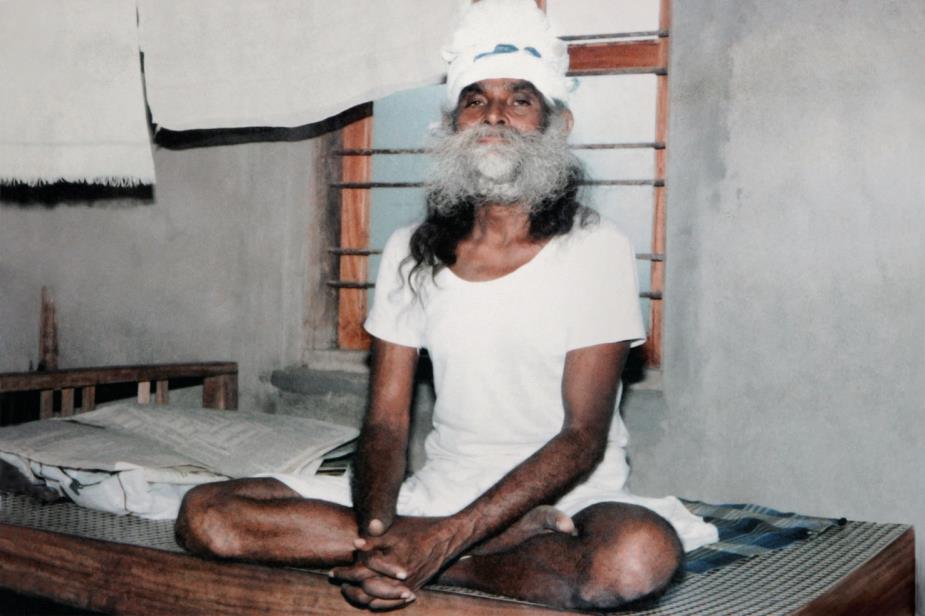
Swami had followers of all religions, faiths and castes. Great Soul Bhagavan Shri Shiva Prabhakara Siddha Yoga saw the entire human race as one whole. It is believed that Swami Brahmananda passed on the Laya Yoga Dharma to several students, among them the yogi Swami Vishnudevananda Giri. Laughing, he once called him "Maharaj" and pointed with his finger, obviously implying that he would have many disciples.
As you know, Brahmananda himself had many bodies, and at different times in different places he realized several immortal bodies, one of them he realized in 1986 in the village of Omallur, Kerala state. After that, Shiva Prabhakara more than once came to his chosen disciples, to whom he imparted secret knowledge, thereby showing that he transcended the laws of space, time and death.
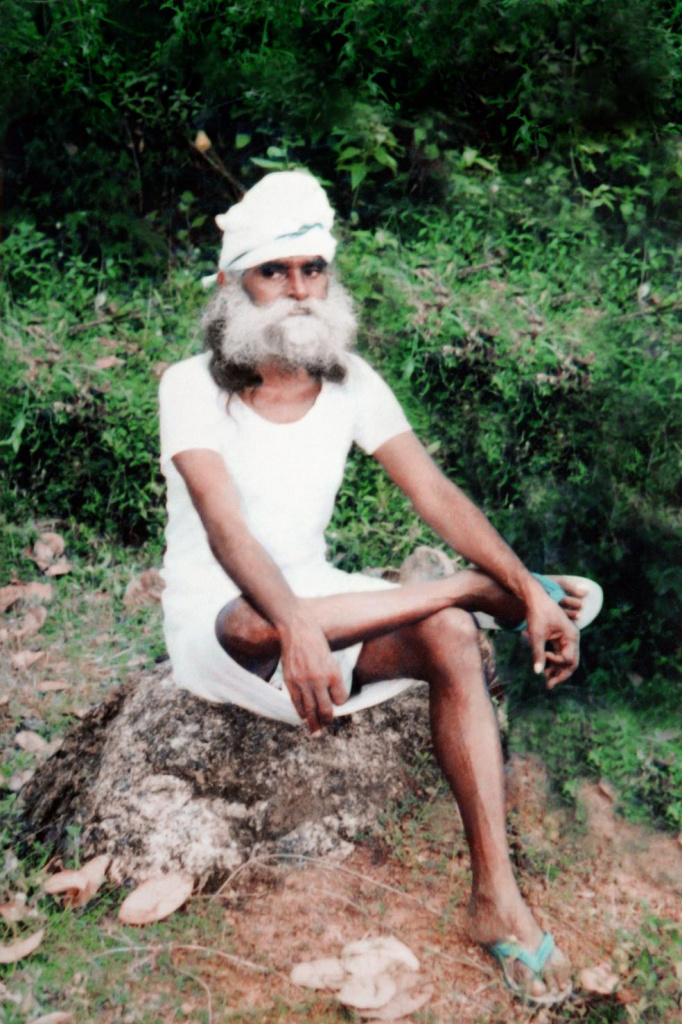
Muttai (Palani) Swami
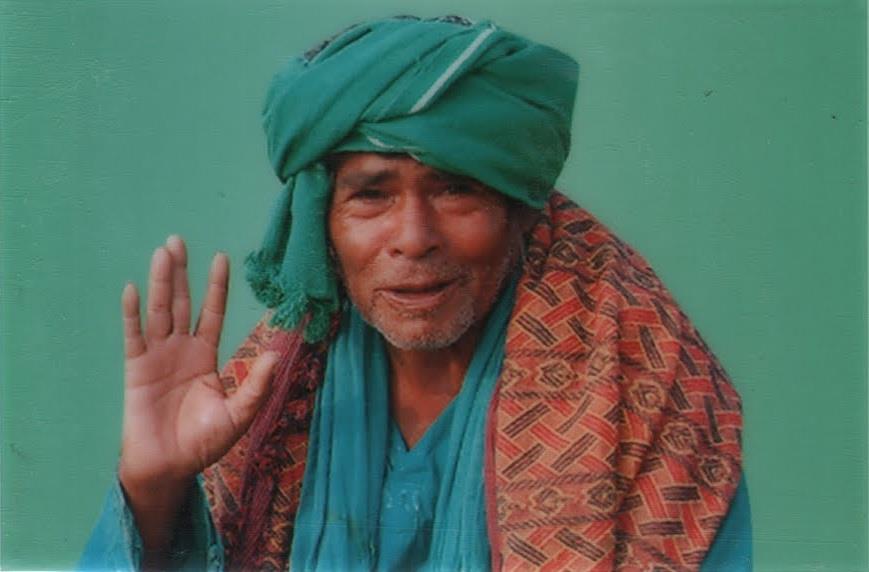
One of the incarnations of Shiva Prabhakar Swami Brahmananda is Muttai Swami, also known as Palani Swami. He lived near the city of Palani in Tamil Nadu in southern India.
Muttai Swami was born in the small village of Kanakanpatti near the famous pilgrimage center - the temple in Palani. When he was eight years old, his mother died, his father married a second time, but Swami chose to live on his own, despite his early age.
Later, Muttai Swami began to live near the Murugan temple in Palani. In 1977, there was a clash of two warring groups, and although Swami was not a supporter of either of them, in an accident during the fight he was fatally hit on the head. His body was later found near the road to Palani and taken to a hospital for a medical examination. Doctors pronounced him dead from brain injury. The next morning, Swami woke up and began talking to the doctors in Old Tamil, which left everyone present in great amazement.

No one could understand almost a word, and the doctors decided that as a result of a brain injury, he simply lost his mind. To this, Swami replied to them already in modern Tamil: "Who is more crazy - people who take lies for truth or me?" and left the hospital with a smile.
News of the resurrected Swami spread quickly and crowds of devotees began to gather around him. Hundreds of thousands of people came to see him in Palani. He tried to share knowledge and wisdom with everyone who came to him and communicated in such a way that his words and actions were most effective in eliminating suffering and ignorance. So, to the closest and most devoted students, he passed on philosophy and yoga, taught others pranayamas and techniques, and gave others meaningless tasks related to physical labor. Someone Muttai Swami sent on a pilgrimage or recommended to climb one or another mountain and just stay there for a specified period of time. In the memory of some contemporaries, he remained an incomprehensible madman, but for the majority, who had a chance to come into contact with the light of this saint, he entered the heart as an incomprehensible avadhuta, giving darshans of the highest wisdom.
Palani Swami possessed various siddhas, healed people, traveled long distances in a short time. He did not recognize caste and religious differences, and also did not distinguish between the poor and the rich, the educated and the illiterate - all Swami treated as equals. Despite the fact that Muttai Swami had many devotees, he never had an ashram or a home. He spent all his life in the open field, having only a tiny hut with a tuket, in which he took refuge during the rainy season. He initiated the founding of a community organization known as "Gyana Sabai" in Madurai, Tamil Nadu, and frequently visited Madurai to participate in the organization's activities to spread the Dharma. During his visits to Madurai, Swami gave darshan to many devotees, who flocked to the city in droves to meet the saint.
Muttai Swami left his body at 5 am on March 11, 2014; On March 13, a burial ceremony took place near his hut, in a field near Kanakanpatti, where he spent most of his life. In 2015, a pandal and a mahasamadhi temple were built on this site. Now in Kanakanpatti is the Palani Swami pilgrimage center, where pujas, rituals and festivals are held, as well as annadhanam - feeding the devotees.
Swami Vishnudevananda Giri
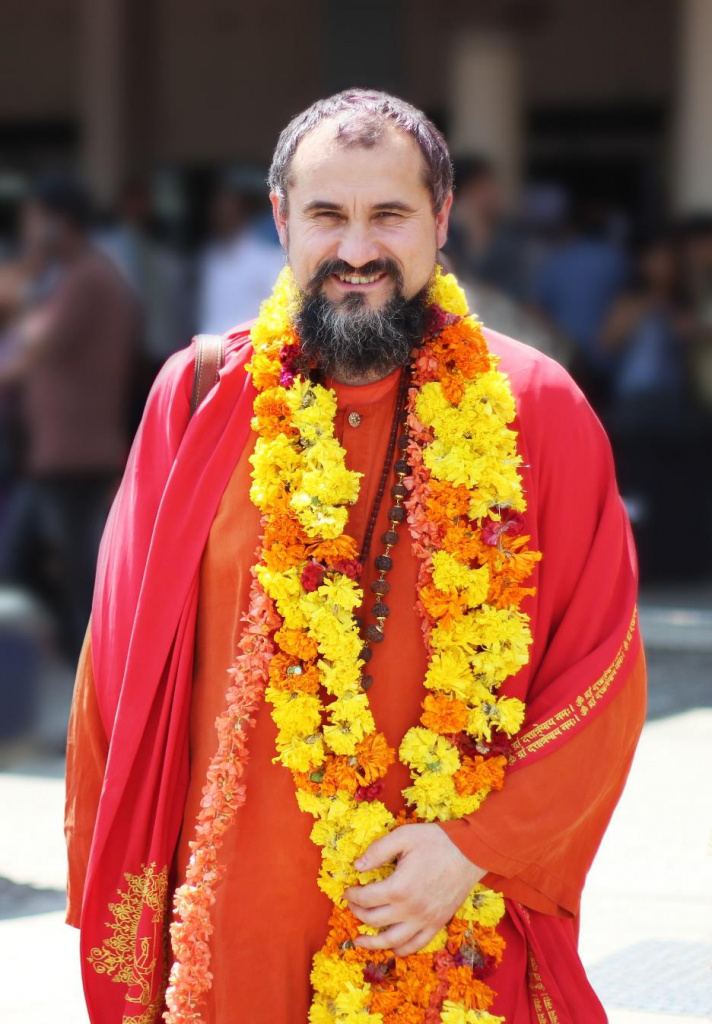
Swami Vishnudevananda Giri - spiritual teacher (authorized to initiate into sannyasa) in the Advaita Vedanta and yoga traditions, sadhu, realized master jnani in the Advaita Vedanta lineage, philosopher, theologian, writer, pilgrim-traveler, having disciples of monks and laymen throughout to the world - in Russia, Ukraine, Belarus, Europe, USA, India, Nepal.
He was born in 1967 in the USSR, on the territory of Ukraine. Spiritual practice, meditation began to practice independently at the age of six, relying on the intuitive memory of the past. Took Sanatana Dharma as his path and worship at 19 years old.
Swami spent several secluded retreats doing yoga tapasya, one of which lasted nearly three years. As a result of the last retreat in 1993-1995, he realized samadhi and attained enlightenment. Sanatana Dharma, the teachings of Advaita Vedanta, Anuttara Tantra has been preaching since 1995.
Swami Vishnudevananda Giri is the author of over 50 books and several hundred articles on yoga philosophy. He gave several thousand lectures on the philosophy of Vedanta, yoga, tantra, metaphysics and mythology of Sanatan Dharma. Teaches jnana, raja, bhakti, karma yoga, kundalini, laya yoga, the teachings of the anuttara tantra of the siddhas.
Initiator of several Advaita Vedanta International Congresses in Russia, several festivals of Vedic culture, Vedic cinema, Vedic literature and interfaith international meetings in Europe within the framework of the "Era of Unity" project.

He is the inspirer of the creation of yoga ashrams in different countries: Russia, Ukraine, Nepal, India, and the spiritual teacher of sannyasis, karma sannyasis and brahmachari.
In 2010, at the world festival of Kumbha Mela in Haridwar, he accepted the status of a sannyasi and a spiritual name from the Mahamandaleshwar of the Order of Juna Akhara Somnath Giri Maharaj (saint Mahayogi Pilot Babaji) and the status of a mahamandaleshwar from the acarya Shandeeshwara of the Juna Akhara Jahari Swami Orracharya Shandeeswara, Sri Swami ... After accepting the status, his full name became - Shrotriya Brahmanishtha Anant Shri Vibhushit Panch Dashanam Juna Akhara Mahamandaleshwar Swami Vishnudevananda Giri, which means “world famous, established in Brahman, possessing unlimited powers, the Lord of the Universal Mandala, the one who attains bliss through Vishnu, the very peak beyond all limits."
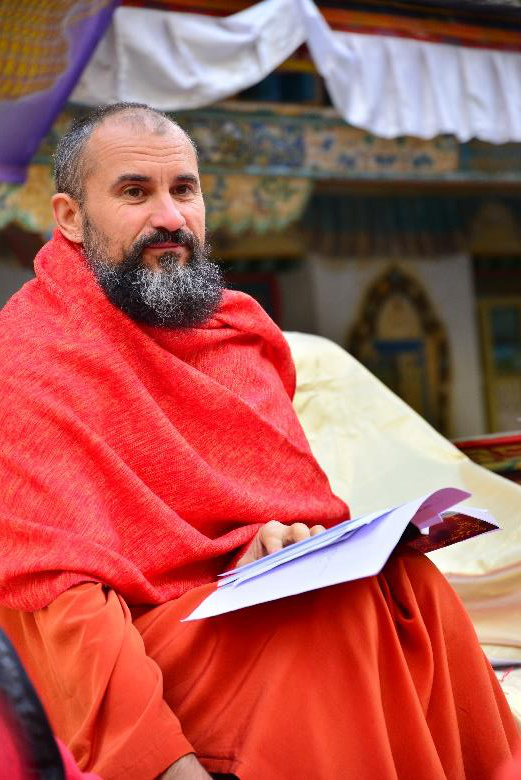
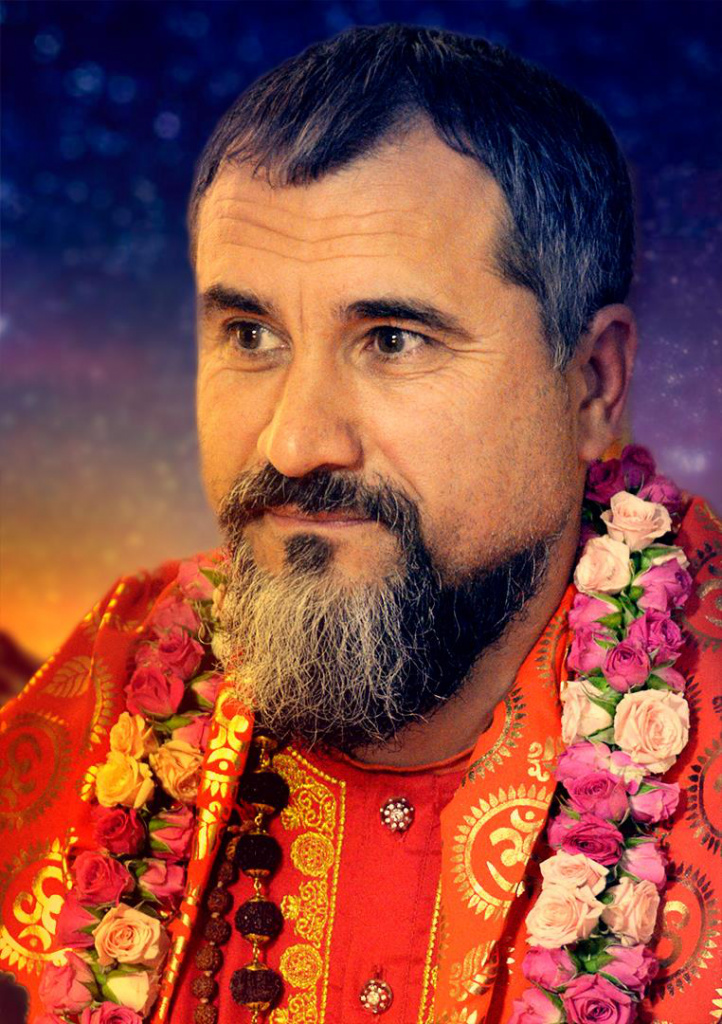
Swami Vishnudevananda Giri preaches Sanatana Dharma, the path of practical Vedanta, the teaching of anuttara-tantra in Russia, European countries, USA, India, Nepal, Indonesia. According to the BBC, he is one of the three most influential Hindu sannyasis among Europeans.
Swamini Ananda Lila Giri

Swamini Ananda Lila Giri - Mahamandaleshwar of the Order of Juna Akhara, abbess of the Ashram of Practical Advaita. Ananda Leela started her yoga practice in 1991, in 1999 she became a disciple of the enlightened yoga master Swami Vishnudevananda Giri in the Advaita Vedanta tradition. Between 2001 and 2009, Ananda Leela served as an ashram manager in Russia. In over 25 years of spiritual practice, she has completed over 20 retreats, including one annual retreat in 2007 and several lengthy dark retreats.
In 2010, at the Kumbha Mela festival in Haridwar, Ananda Leela took purna sannyasa and was ordained to the monastic order of Juna Akhara. In 2013, at the Kumbh Mela in Allahabad, she was initiated into the status of a mahamandaleshwar of the Juna Akhara order with the namo-diksha Sri Sri 1008 Sri Paribrajakaya Acharya Swamini Ananda Leela Giri Ji. She is the first European woman to receive the high spiritual status of "mahamandaleshwar".
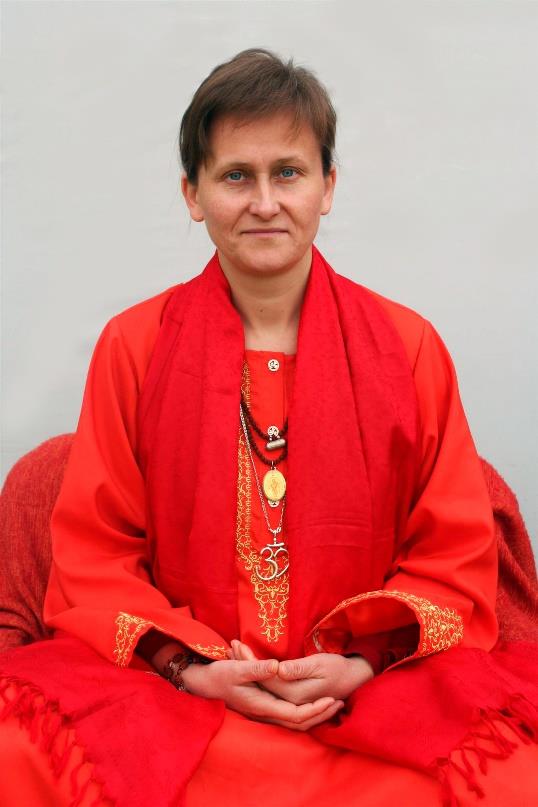
Disciples and devotees
Swami Brahmashri Siddharajan
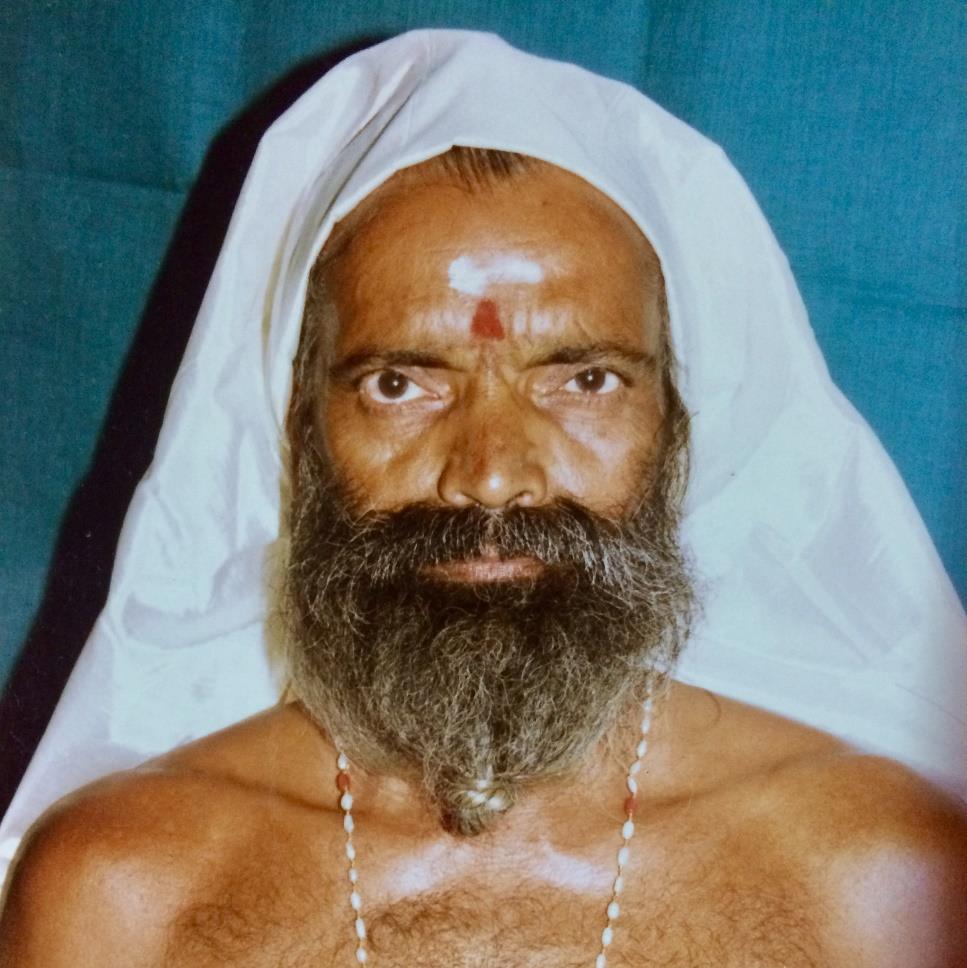
Swami Brahmashri Siddharajan is a disciple of Shiva Prabhakara Swami Brahmananda, to whom he imparted the secret knowledge of yoga and the art of ashta-siddhi. After Swami Brahmananda immersed himself in samadhi in 1986, Swami Siddharajan stated in numerous conversations that he had seen his Guru again. He said that the Guru became immortal, and he appears and disappears, passing on secret knowledge.
So Brahmananda instructed him to build a temple in Sankarankovil on the site of the mahasamadhi of his Guru Sri Pambatti. This place has become forgotten by modern people, and it was the task of Swami Siddharajana to restore this sacred place and open it to all pilgrims.
Later, Swami Brahmananda told him that he had another disciple far to the north, to whom he gave secret instructions while traveling across countries and passed on the title of the Laiakshan Avadhut tradition. In his conversations, Swami Siddharajan often spoke respectfully of his godbrother living in the north, calling him the same as the Guru called him - Maharaj, the Master who awakens the minds of the people.
Swami Siddharajan reached mahasamadhi on May 12, 2002 in Sankarankovil, having prepared in advance a place near the place of samadhi of his Paramguru Siddha Pambatti.
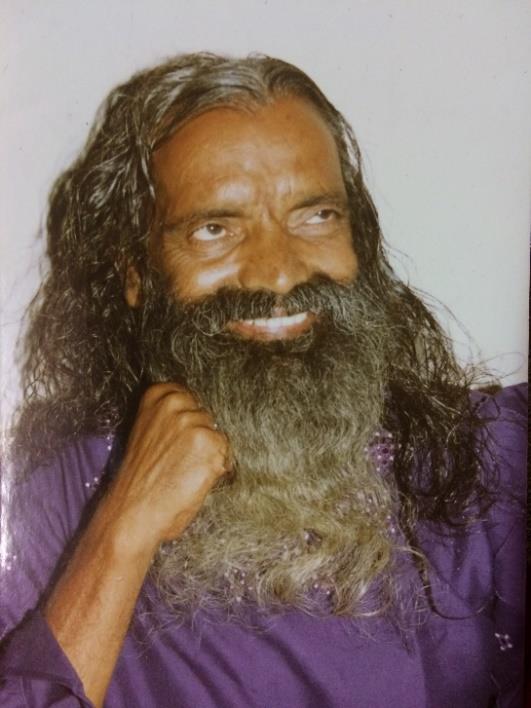
Swami Janardan Nair
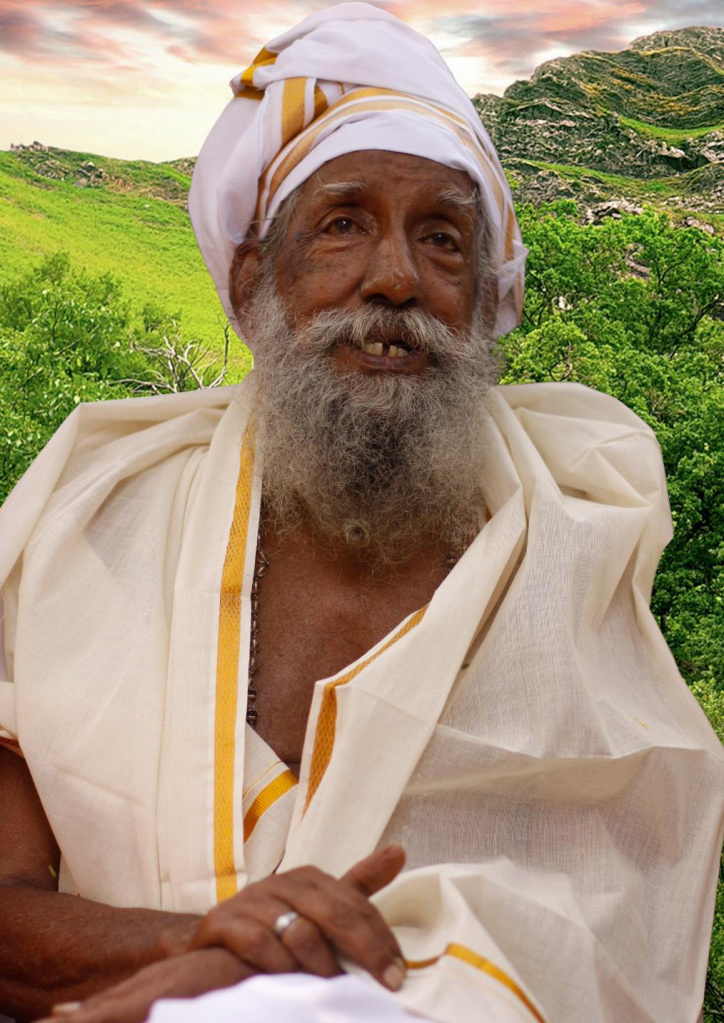
Swami Janardan Nair is one of the most devoted followers of Swami Brahmananda, in whose house Siddhayogi lived for a long time, until the moment he left for mahasamadhi.
Janardan Nair first met Prabhakara in the city of Patanamtitta in 1955 as a teacher at a Kerala school. Shortly thereafter, Siddhayogi began to live permanently in Nair's house, except for the days when Swamiji left for his business. In general, they have lived together for over 30 years.
After the samadhi of Swami Brahmananda and until 2015, Swami Janardan Nair was the keeper of Prabhakar Siddhashram in Omallur and Samadhi Mandapam near Pulipara. He kept the fire of oil lamps in the Brahmananda room in the ashram and in the mahasamadhi temple, regularly performed pujas, met pilgrims and tried to share with everyone stories from the life of Sidhayoga, as well as the light that he kept in his heart from meeting one of the greatest saints.
Janardan Nair left his body on April 2, 2015.
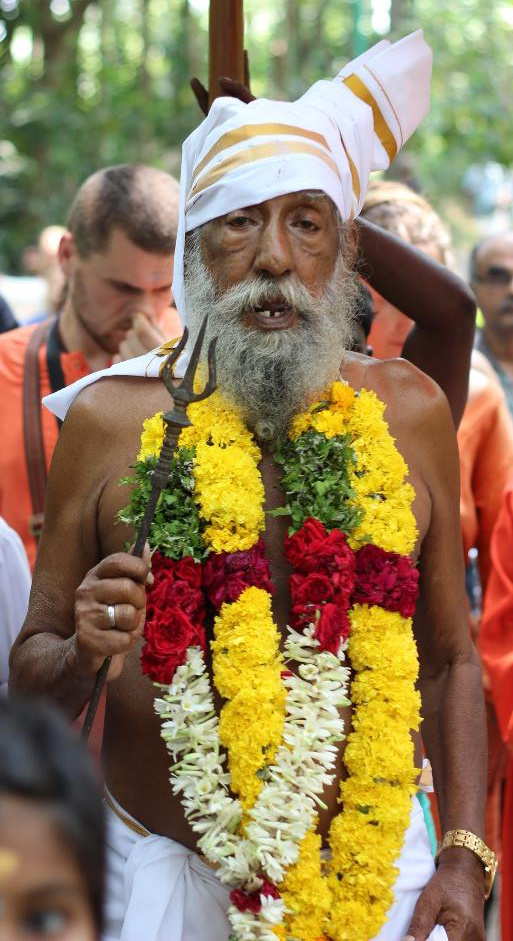
Vijaya Ma
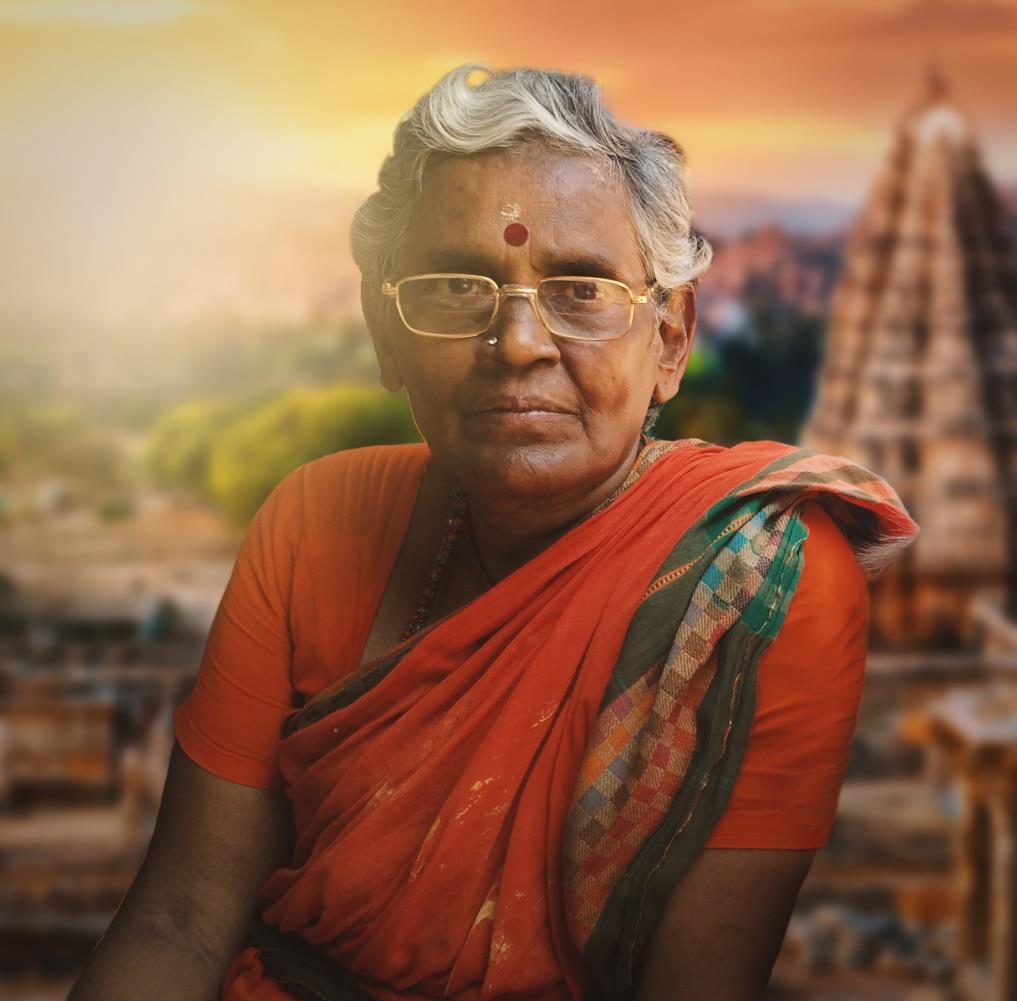
Vijaya Ma is the only direct disciple of Swami Brahmashri Siddharajana.
One day, as if in answer to the prayers of Vijaya Ma Hanuman, Swami Siddharajan was driving past her house when his motorcycle broke down. So their fateful meeting took place, and the saint stayed to live in the house of Vijaya Ma for many years.
Swami Brahmananda, being the teacher of Swami Siddharajana, is the Paramguru for Vijaya Ma. In life, they met only once. Then Siddhayogi personally gave her a mantra, which she has been reciting for over 40 years.
Vijaya Ma is also one of the most devoted followers of Palani Swami. Communicating with him during her lifetime, she served the saint for a long time with great faith and dedication, until he left for samadhi.
Later, it was Vijaya Ma who spiritually led the community of Swami's devotees and to this day holds all the most significant pujas and holidays in honor of Palani Swami and Shiva Prabhakara. So every year, under the guidance of Vijaya Ma, devotees of Palani Swami and Swami Brahmananda from Tamil Nadu come to Omallur to organize a 3-day celebration of the day of the appearance of Swami Brahmananda and to perform all the rituals relying on.


